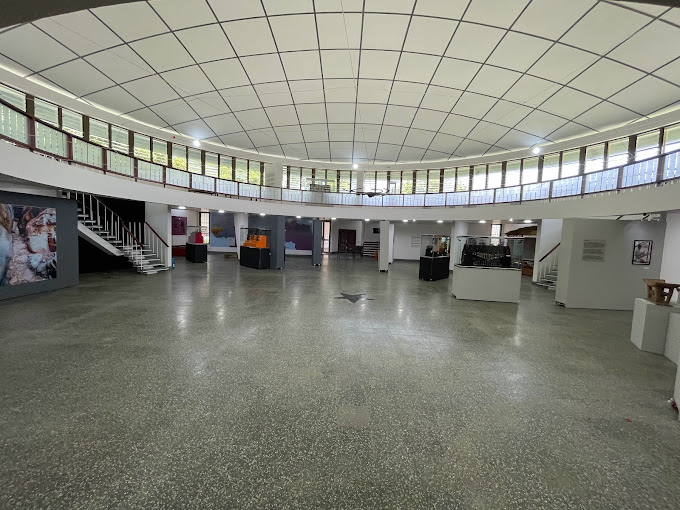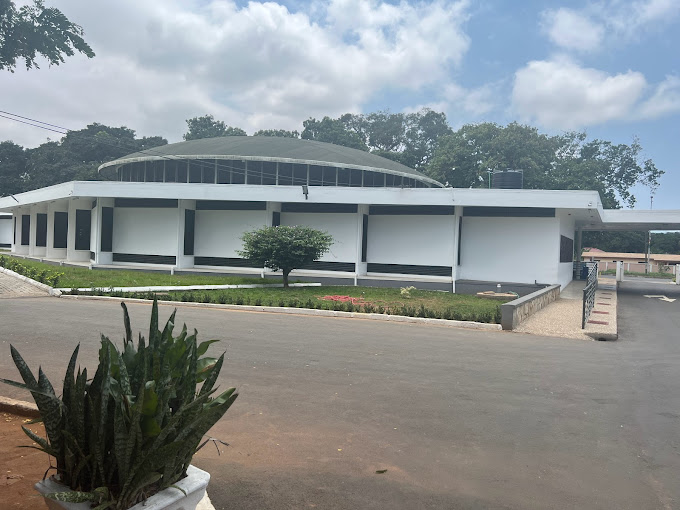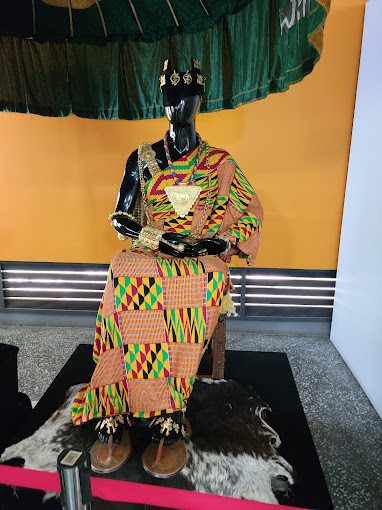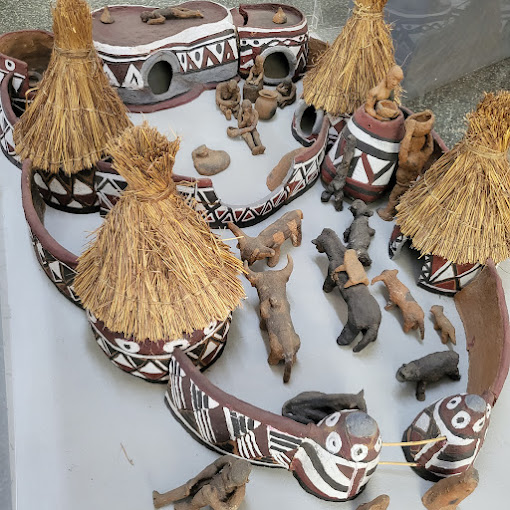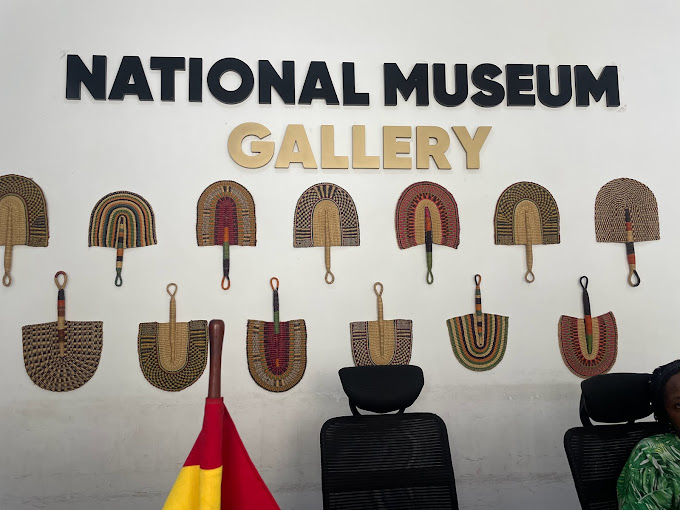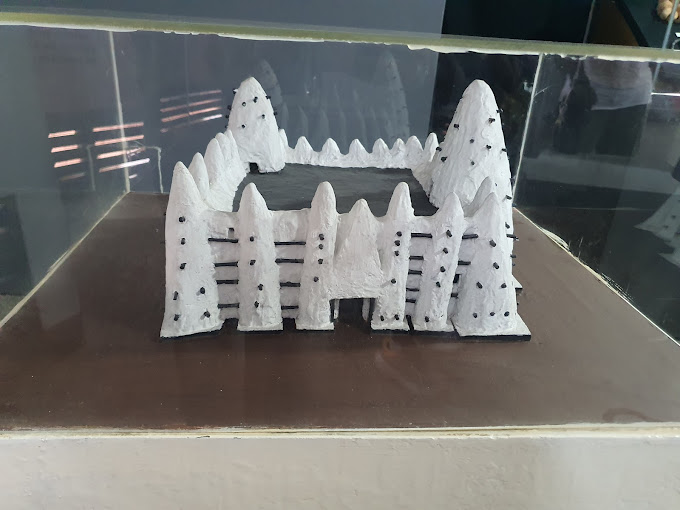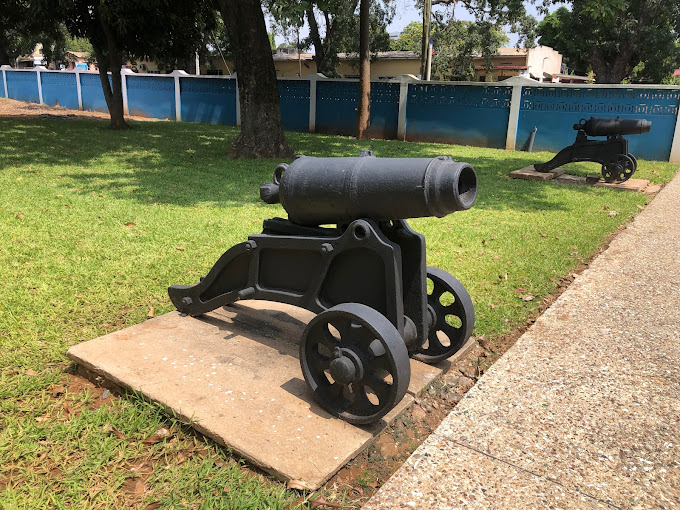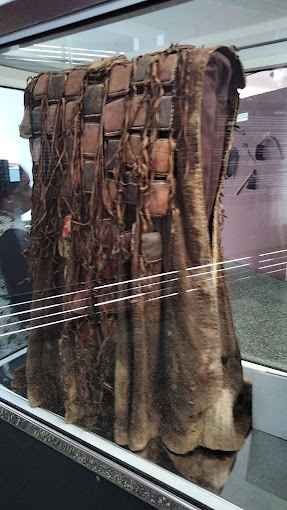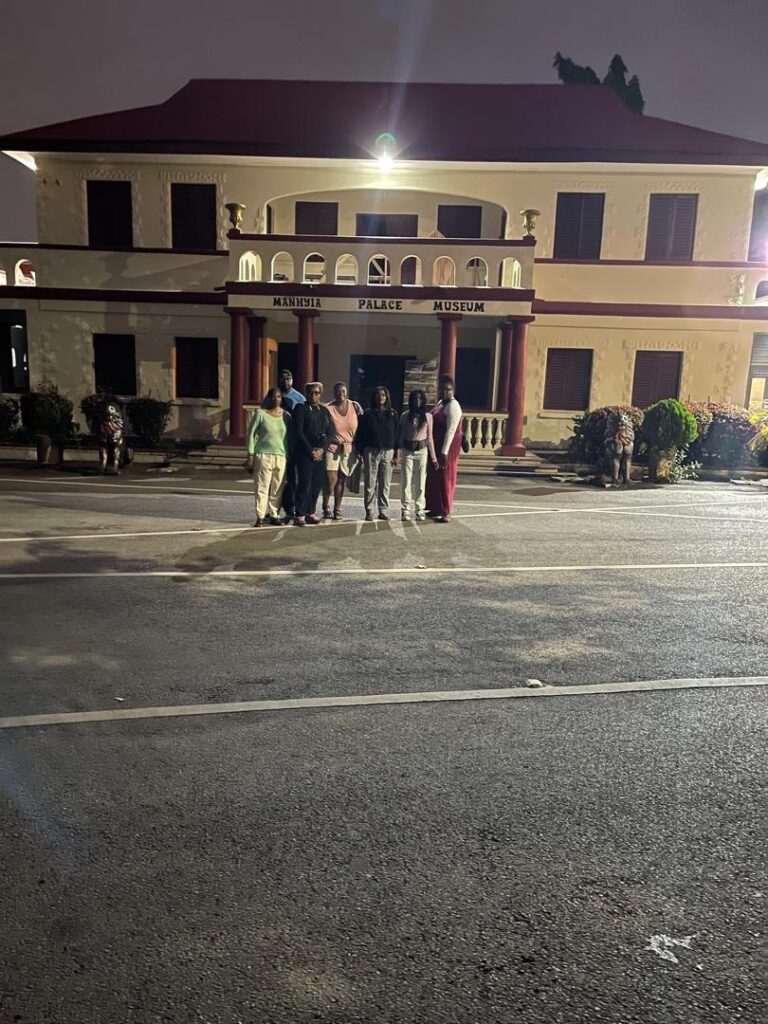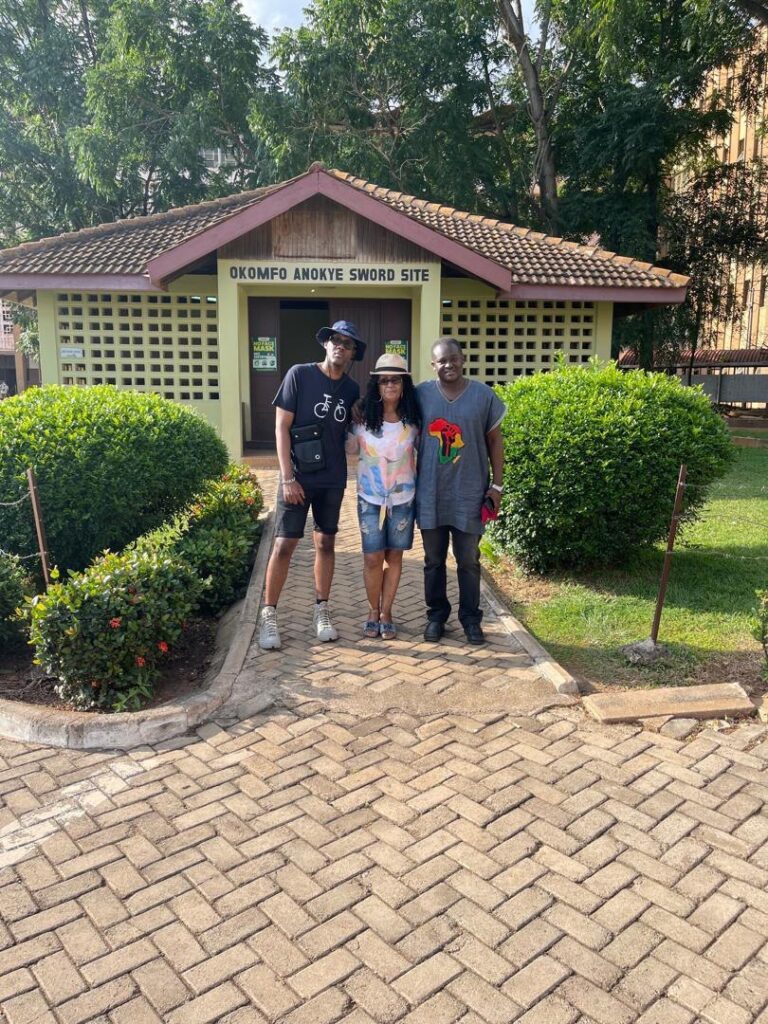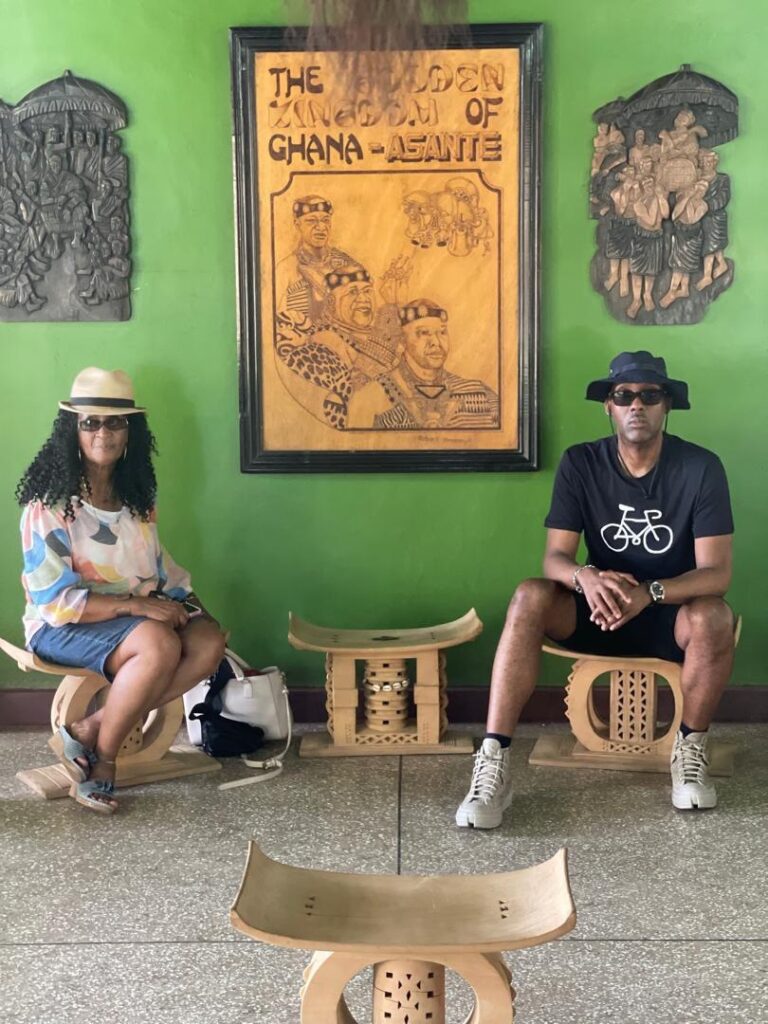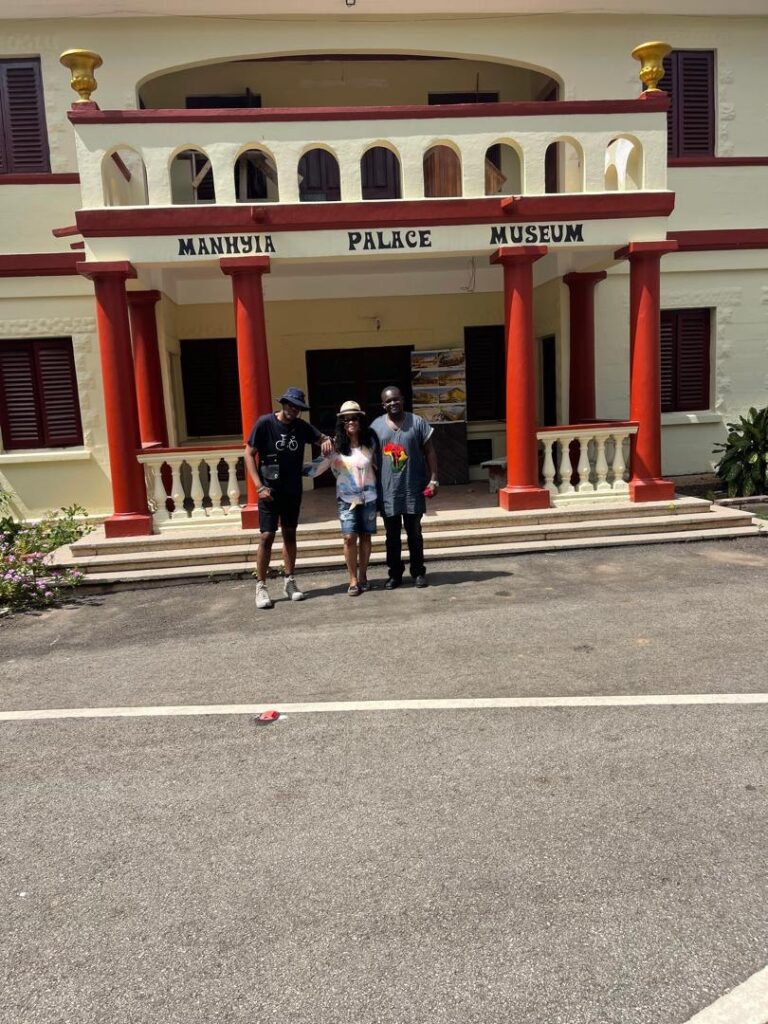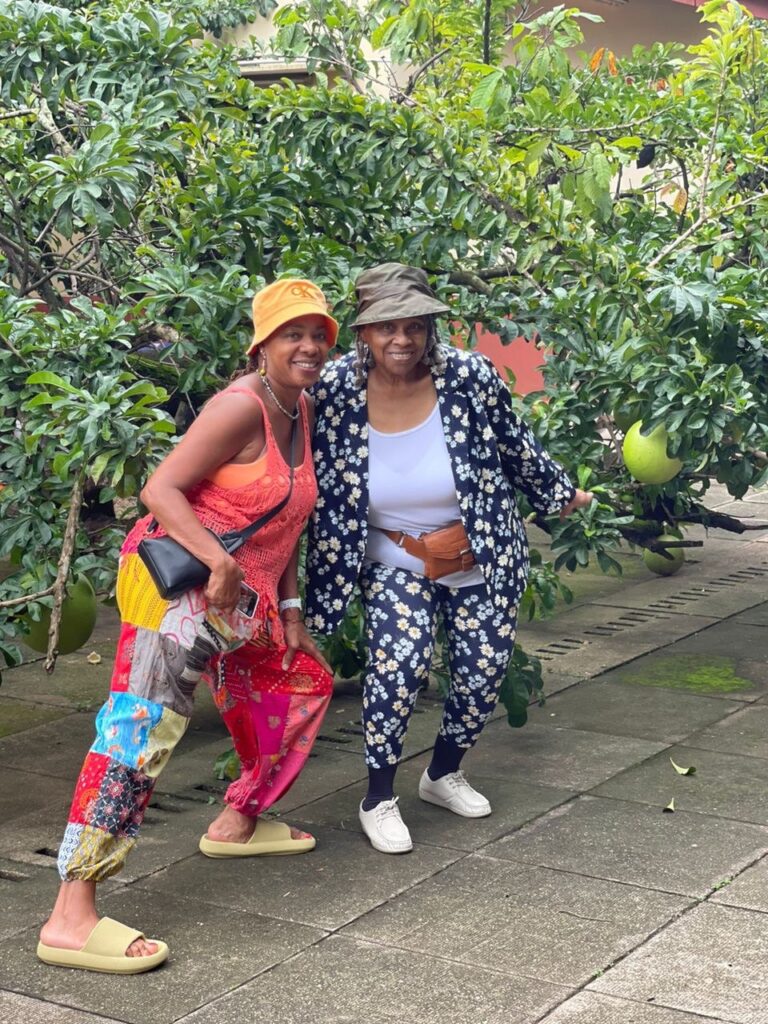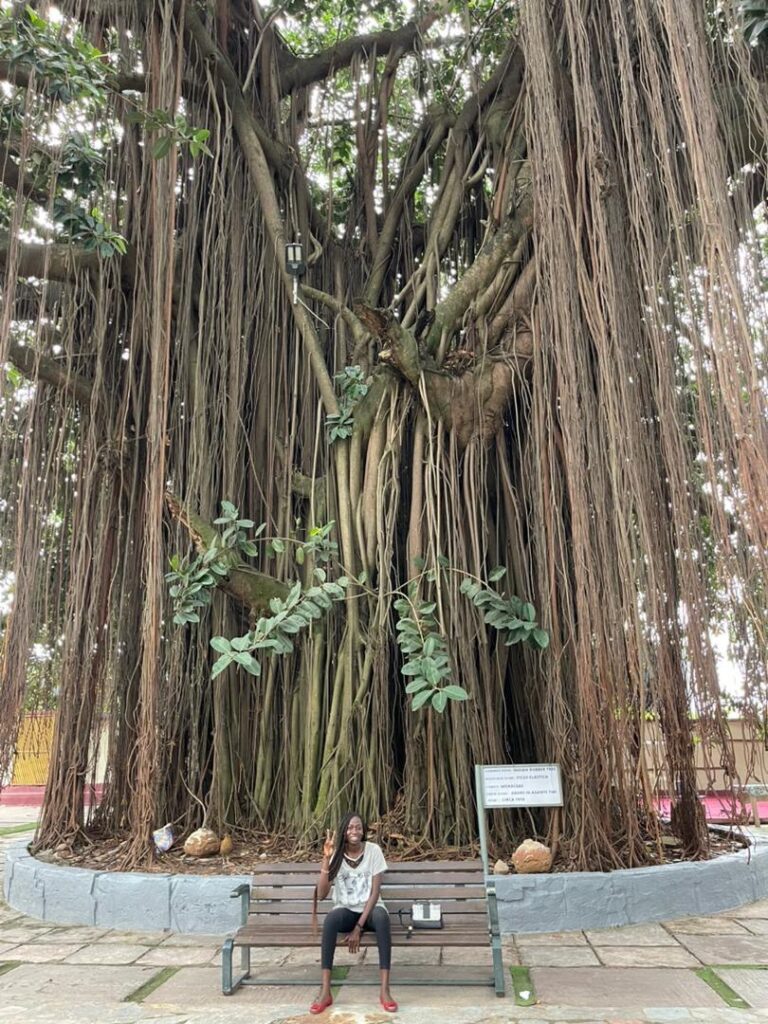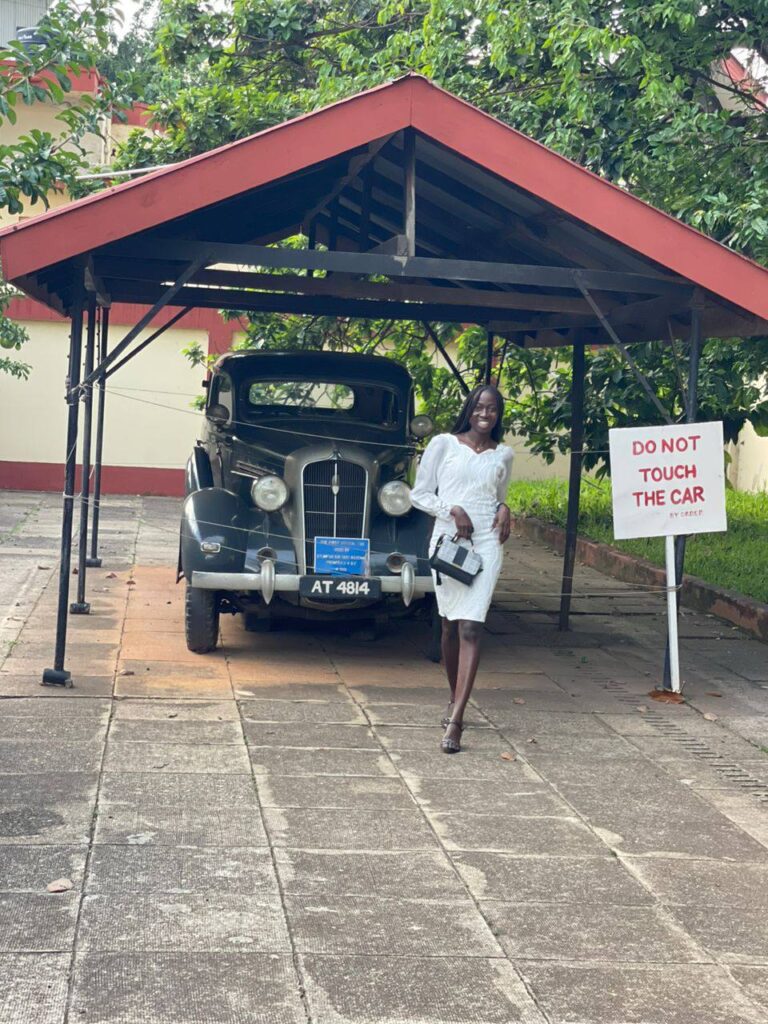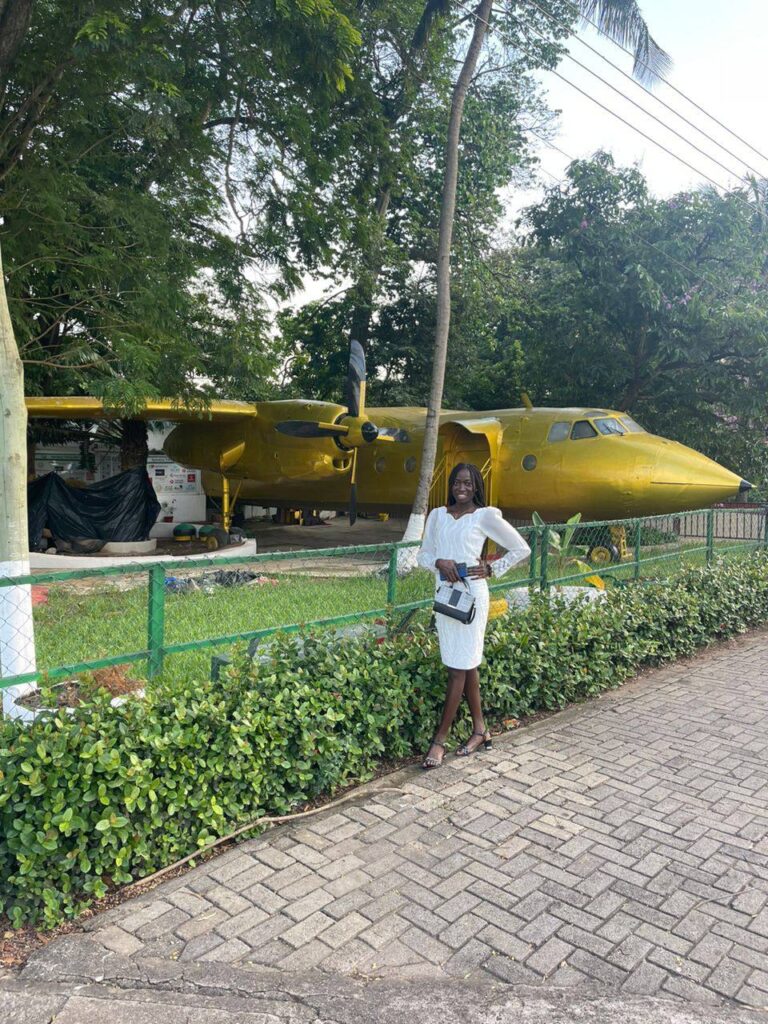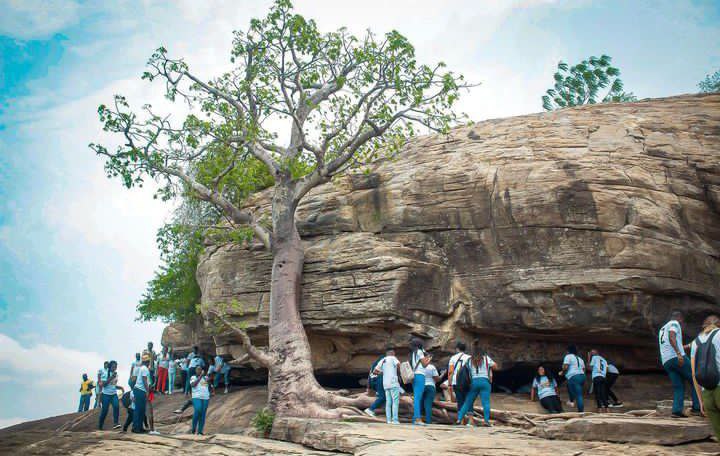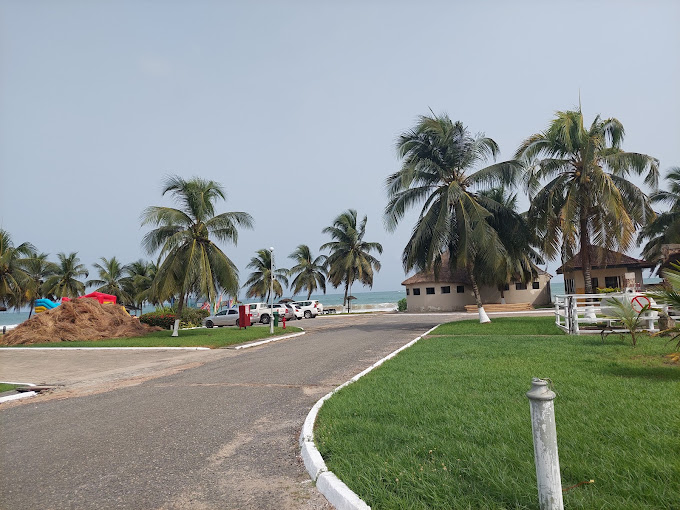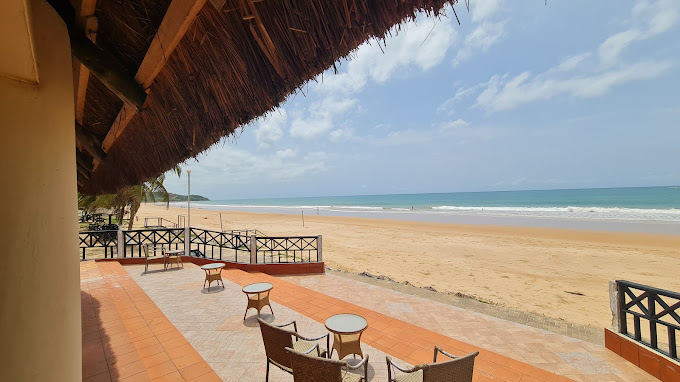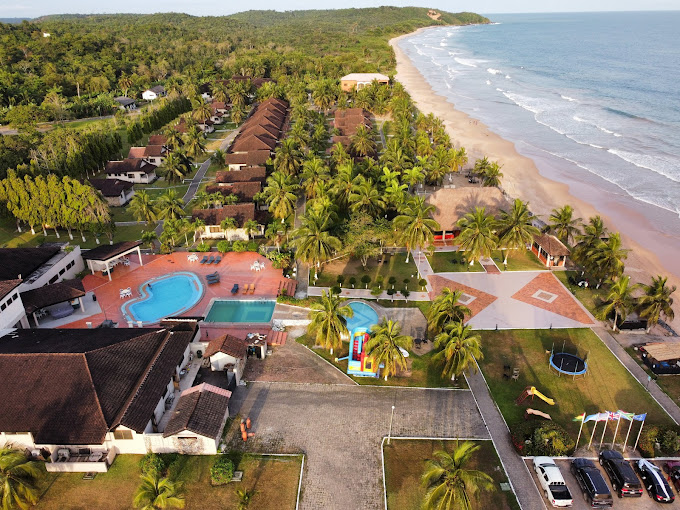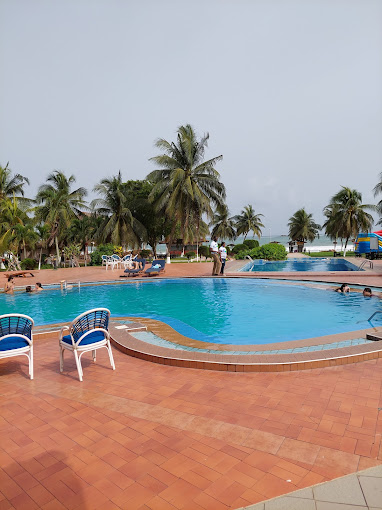The National Museum of Ghana, located in Accra, is the largest and oldest museum in the country. Established in 1957, the same year Ghana gained independence, it serves as a vital repository of the nation’s cultural heritage, showcasing a rich collection of artifacts and exhibits that narrate the history and culture of Ghana and West Africa.
Collections and Exhibits
The museum’s collections span various aspects of Ghanaian life and history, including:
- Archaeological Artifacts:
- Ancient tools and pottery from the prehistoric era.
- Items from significant archaeological sites such as Begho and Bono Manso.
- Ethnographic Materials:
- Traditional clothing, musical instruments, and tools used by various ethnic groups.
- Displays of indigenous art, including masks, sculptures, and textiles.
- Historical Artifacts:
- Items related to the transatlantic slave trade, including shackles and trade goods.
- Artifacts from Ghana’s colonial period and the struggle for independence.
- Contemporary Art:
- Works by modern Ghanaian artists, showcasing contemporary interpretations of traditional themes.
- Cultural Exhibits:
- Exhibits on traditional Ghanaian customs, such as marriage, childbirth, and funerary practices.
- Displays highlighting the cultural practices and lifestyles of different ethnic groups in Ghana.
Overview
The National Museum of Ghana plays a crucial role in preserving and promoting the country’s rich cultural heritage. It serves as an educational resource for both Ghanaians and international visitors, fostering a deeper understanding of Ghana’s history, traditions, and contributions to global culture.

